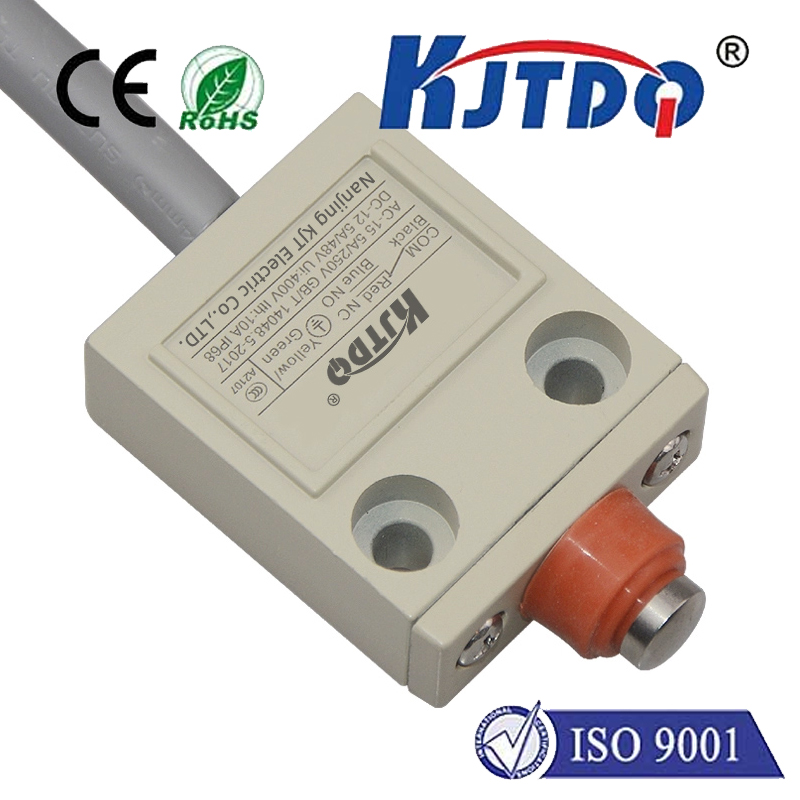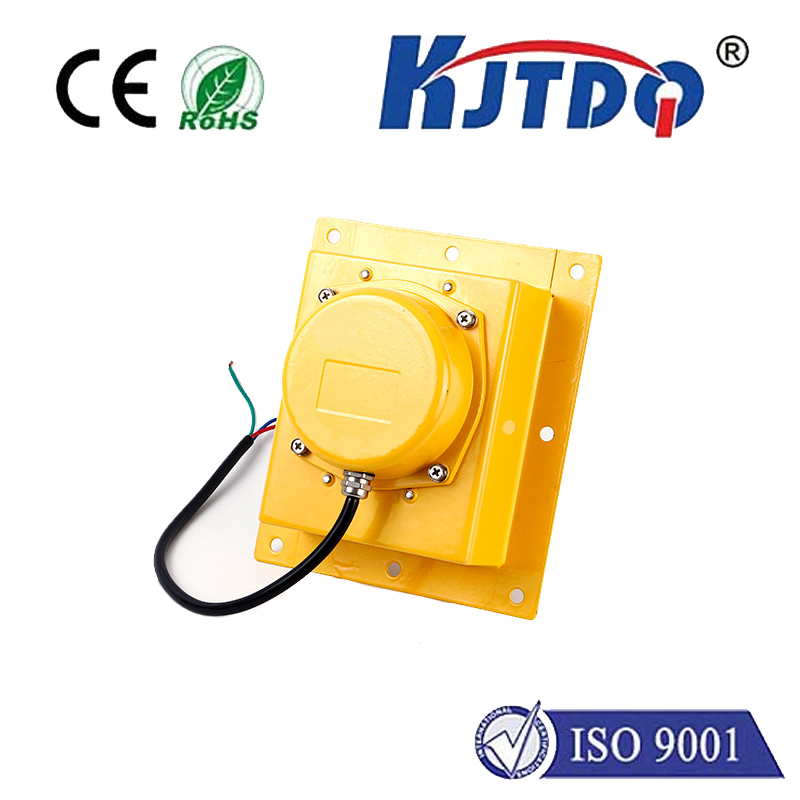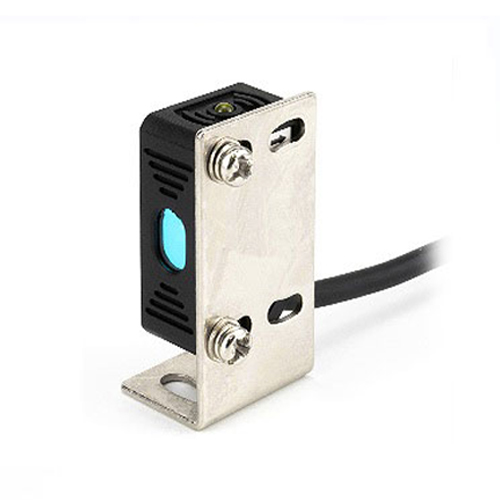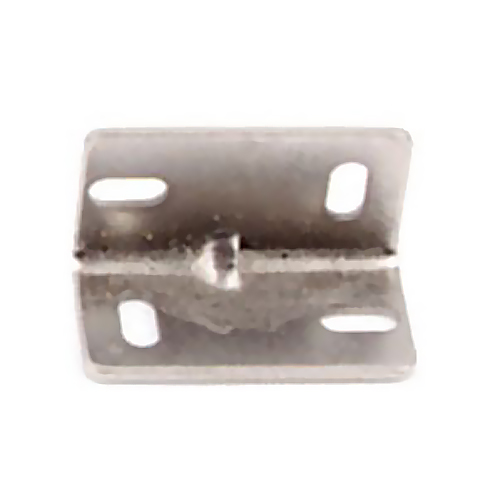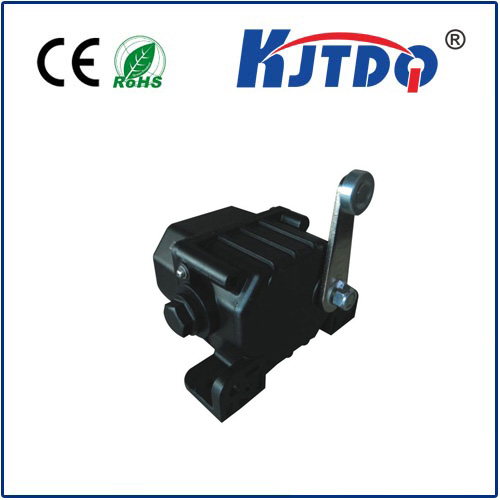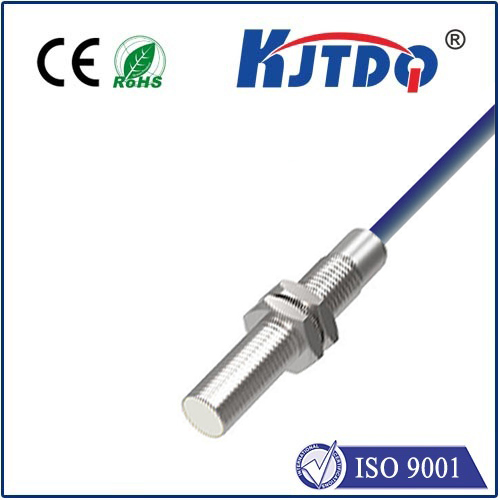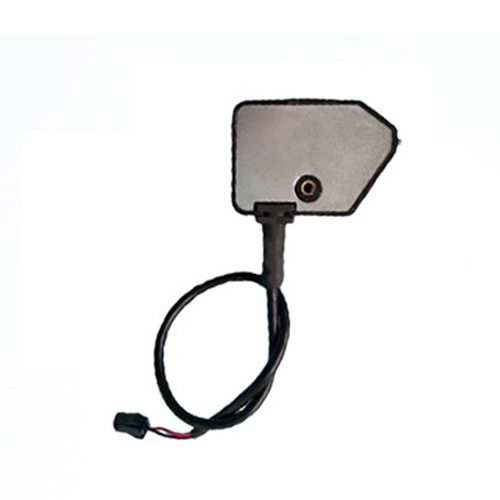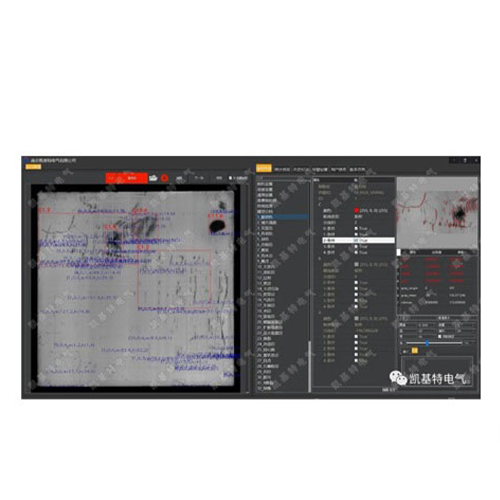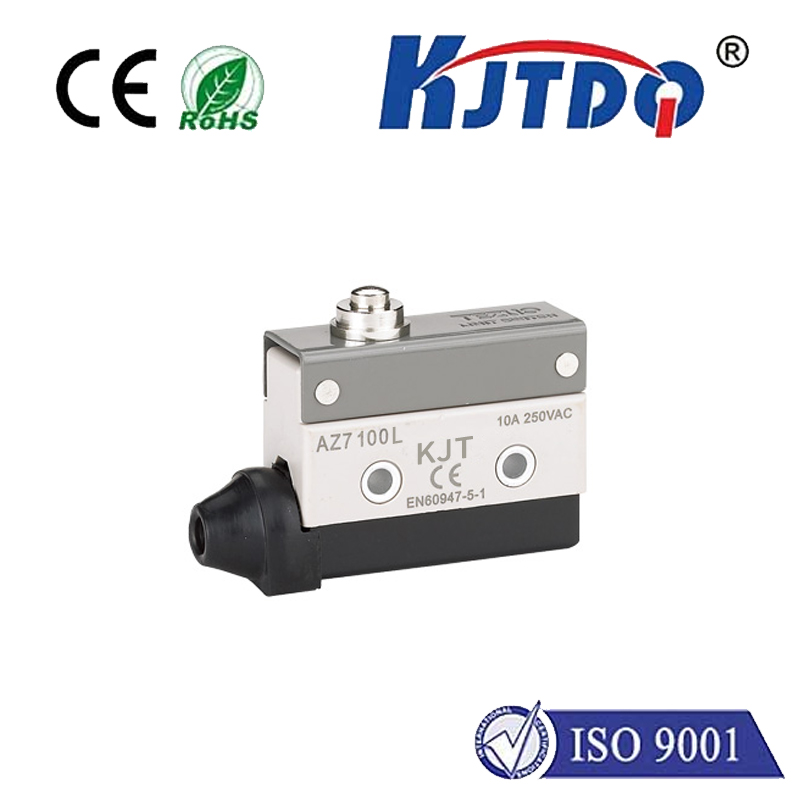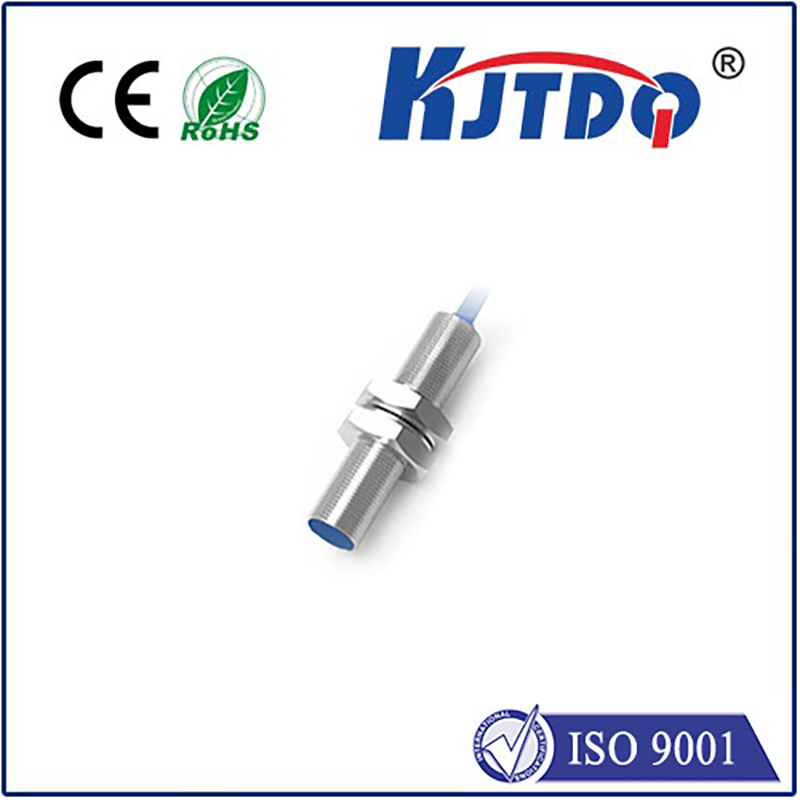high speed proximity sensor
- time:2025-06-15 01:12:21
- Click:0
High-Speed Proximity Sensors: The Unseen Accelerators of Industrial Precision
Imagine a robotic arm assembling electronics at lightning speed. Components whiz by on a conveyor belt at dizzying rates. In a high-speed packaging line, cartons rapidly pass inspection points. Now picture the chaos if the sensors detecting these objects couldn’t keep up. Milliseconds matter. Lag means misalignment, collisions, or defective products rolling through. This is precisely where high-speed proximity sensors transition from a component to a critical performance multiplier, becoming the unsung heroes enabling modern automation’s relentless pace.
Unlike standard proximity sensors, high-speed variants are engineered for one paramount characteristic: ultra-fast response times. Think in terms of microseconds (µs) rather than milliseconds (ms). This capability isn’t just about speed for speed’s sake; it’s about precision timing, reliability at extreme cycle rates, and enabling complex machinery to operate at peak efficiency without compromising safety or accuracy. They are the critical eyes and touchpoints in environments where object detection speed is non-negotiable.

Why Speed Matters: The Engine Beneath Automation’s Hood
In an increasingly automated world, production rates are constantly pushed upwards. High-speed proximity sensors are fundamental enablers of this acceleration. Consider:
- Minimized Cycle Times: On robotic assembly lines or high-throughput sorting systems, shaving microseconds off detection time directly translates to increased production volume per hour. Every microsecond saved is a potential unit gained.
- Enhanced Precision & Position Control: Applications like CNC machining, precision printing, or semiconductor handling require exact positioning at high speeds. Fast-response proximity switches provide the timely feedback needed for control systems to make instantaneous adjustments, ensuring micron-level accuracy even during rapid movement.
- Guaranteed Detection at High Velocity: When objects move exceptionally fast – like vials on a pharmaceutical filling line or components in automated test equipment – a standard sensor might miss an object entirely. High-speed sensors are designed to reliably detect targets moving at very high speeds, preventing costly errors and downtime.
- Critical Safety: In potentially hazardous automated environments, rapid object detection can be paramount for triggering emergency stops or interlocks within the smallest possible timeframe, protecting equipment and personnel.
Key Performance Metrics for High-Speed Proximity Sensors
Understanding what makes a sensor “high-speed” involves looking beyond the marketing label to critical specifications:
- Response Time (Switching Frequency): This is the core metric. It defines how quickly the sensor can detect a target entering its sensing field and reliably switch its output signal. Look for response times specified in microseconds (µs). For example, a sensor touting a 35 µs response is significantly faster than one at 500 µs, impacting its suitability for demanding applications. Higher switching frequencies (often measured in kHz) indicate how many detection events per second the sensor can handle.
- Repeatability: Speed is useless without consistency. Repeatability refers to the sensor’s ability to detect a target at the exact same point repeatedly, cycle after cycle, at high speed. This is crucial for precision tasks.
- Time-to-First-Detection (TTFD): Particularly relevant for applications with very small targets or specific detection points, TTFD measures the precise instant the sensor recognizes a target. Minimizing TTFD is vital for ultra-precise timing applications.
- Signal Stability & Noise Immunity: Operating near fast-moving machinery often involves significant electrical noise. Robust electromagnetic compatibility (EMC) is essential to ensure the high-speed proximity sensor provides a stable, noise-free output signal despite harsh conditions, preventing false triggers.
Technologies Powering High-Speed Detection
Several sensing technologies excel in delivering the required speed:
- Inductive Proximity Sensors: Often the workhorse for metallic target detection in industrial settings. High-speed inductive sensors leverage optimized coil designs and advanced electronics to achieve response times down to 10 µs or less. They are rugged, reliable, and widely available for detecting ferrous and non-ferrous metals at high speeds. Excellent noise immunity makes them a staple.
- Capacitive Proximity Sensors: Used for detecting non-metallic objects (plastic, glass, liquids, wood) or detecting levels through container walls. High-speed capacitive variants can achieve sub-50 µs response times, making them suitable for rapid detection of labels, cartons, or filled containers on fast-moving lines.
- Optical Proximity Sensors (Photoelectric): Utilizing light beams (visible, infrared, laser), these sensors offer very long ranges and detect various materials. High-speed photoelectric sensors, especially those using fiber optics or focused laser beams, can achieve microsecond-level responses. Through-beam sensors (where the emitter and receiver are separate) generally offer the fastest response times within the photoelectric category due to their strong, direct signal. Key applications include precision object counting, break detection on webs, and registration mark sensing at high velocities.
- Magnetic Proximity Sensors: Employing reed switches or Hall effect technology, these detect magnetic fields, typically from permanent magnets. They can offer extremely fast response times (often < 1 µs) and are highly reliable in dirty environments. Common uses include high-speed cylinder piston position detection and speed sensing on rotating shafts.
Where Speed is Non-Negotiable: Critical Applications
High-speed proximity sensors are indispensable across numerous demanding sectors:
- Automotive Manufacturing: Detecting pistons, valves, tiny components on high-speed assembly robots, and verifying placement on fast-moving engine assembly lines. Precision timing ensures flawless assembly under pressure.
- Electronics & Semiconductor Production: Handling delicate PCBs, wafers, and miniature components requires exacting speed and precision. Sensors verify component presence, orientation, and position on pick-and-place machines operating at blistering speeds.
- Packaging & Filling: Monitoring bottle caps, labels, carton flaps, and fill levels on lines running thousands of units per hour. Reliable detection at high velocity prevents jams and ensures product quality.
- Printing & Converting: Register mark detection for perfect print alignment on high-speed presses, detecting web breaks instantly, and verifying slitting accuracy. Sub-millisecond responses maintain print quality.
- Material Handling & Logistics: Guiding high-speed sorting systems, detecting packages on express conveyors, and positioning parcels for robotic handling. Speed and reliability drive throughput efficiency.
- Industrial Robotics: Enabling precise end-effector positioning during rapid movements, object detection for pick-and-place, and collision avoidance. Fast feedback loops are essential for dexterity and safety.
Choosing the Right High-Speed Sensor: Beyond the Spec Sheet
Selecting the optimal high-speed proximity sensor involves more than just picking the lowest response time:
- Target Material & Size: Does it need to detect metal (inductive), plastic (capacitive, optical), or a magnet (magnetic)? How small is the target? This dictates the primary technology.
- Required Sensing Distance: Does the application need close-range detection or longer standoff? Optical sensors typically offer longer ranges than inductive or capacitive.
- Environmental Conditions: Exposure to extreme temperatures, washdown conditions, oil, dust, cutting fluids, or intense vibration? IP ratings, material construction (stainless steel vs. plastic), and specific environmental ratings are critical. Robustness under duress is key for long-term reliability.
- **Electrical












